1. Kente Cloth in West Africa
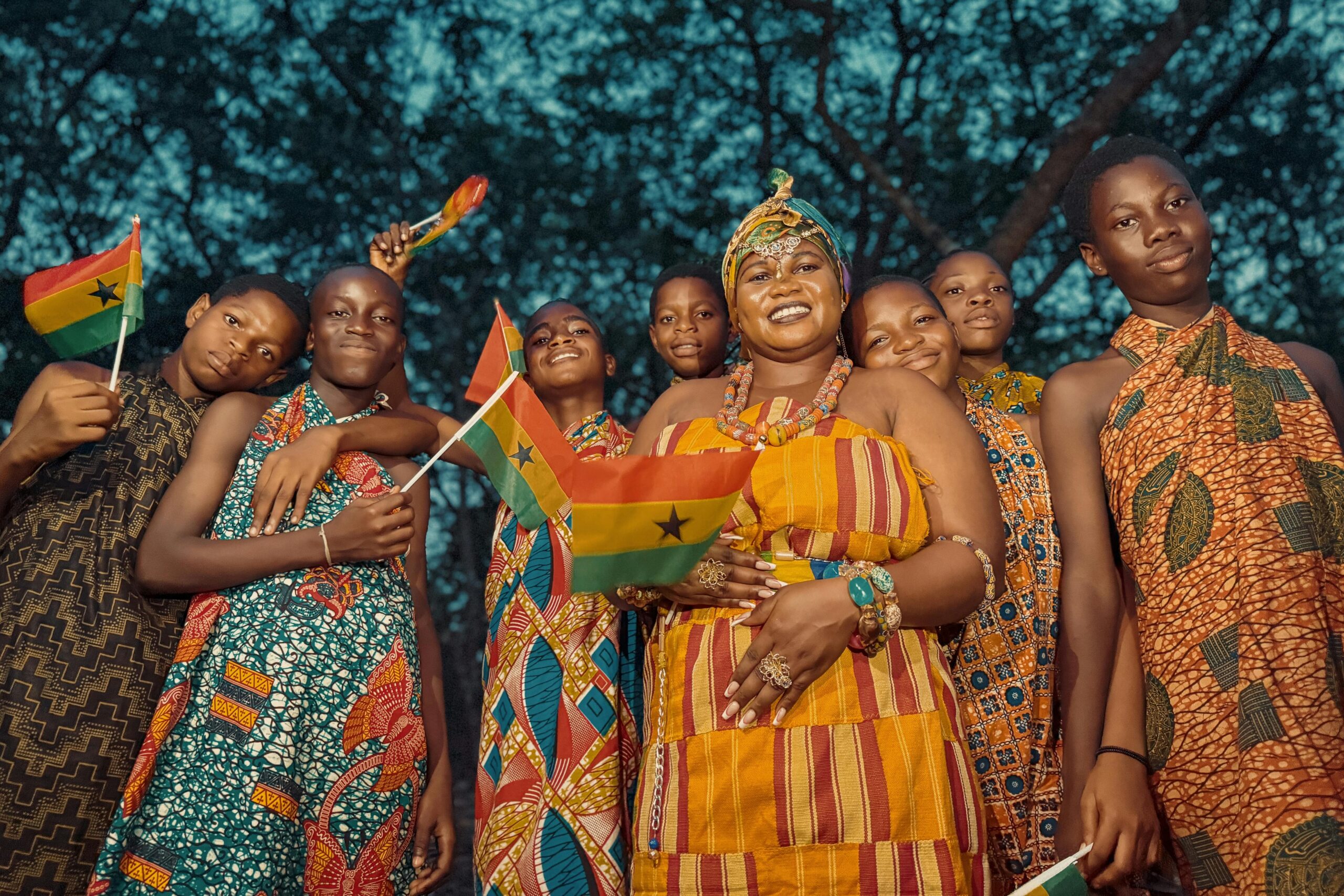
If you’ve ever seen someone wearing Kente cloth, you know how striking it is—the bold patterns, the vivid colors, the intricate weaving. Long before fashion runways, Kente was worn by royalty in the Ashanti and Ewe cultures of Ghana. It wasn’t something just anyone could wear. Each pattern and color combination had a meaning, and wearing the wrong one could say the wrong thing entirely. Chiefs and elders would drape themselves in it during ceremonies to show off their rank. The cloth itself was handwoven in narrow strips, which took ages to complete. The craftsmanship alone signaled prestige shares House Beautiful.
Even today, wearing authentic Kente can be a way of honoring one’s heritage and community. But back then, it was also a big deal economically—owning it meant you had wealth or importance. People could tell a lot about you just from how you wore it. Whether it was draped over one shoulder or wrapped around the waist, each style said something. It was a literal status symbol woven in thread. And it still manages to hold that weight, centuries later adds the Metropolitan Museum of Art.
2. Headdresses Among Plains Tribes
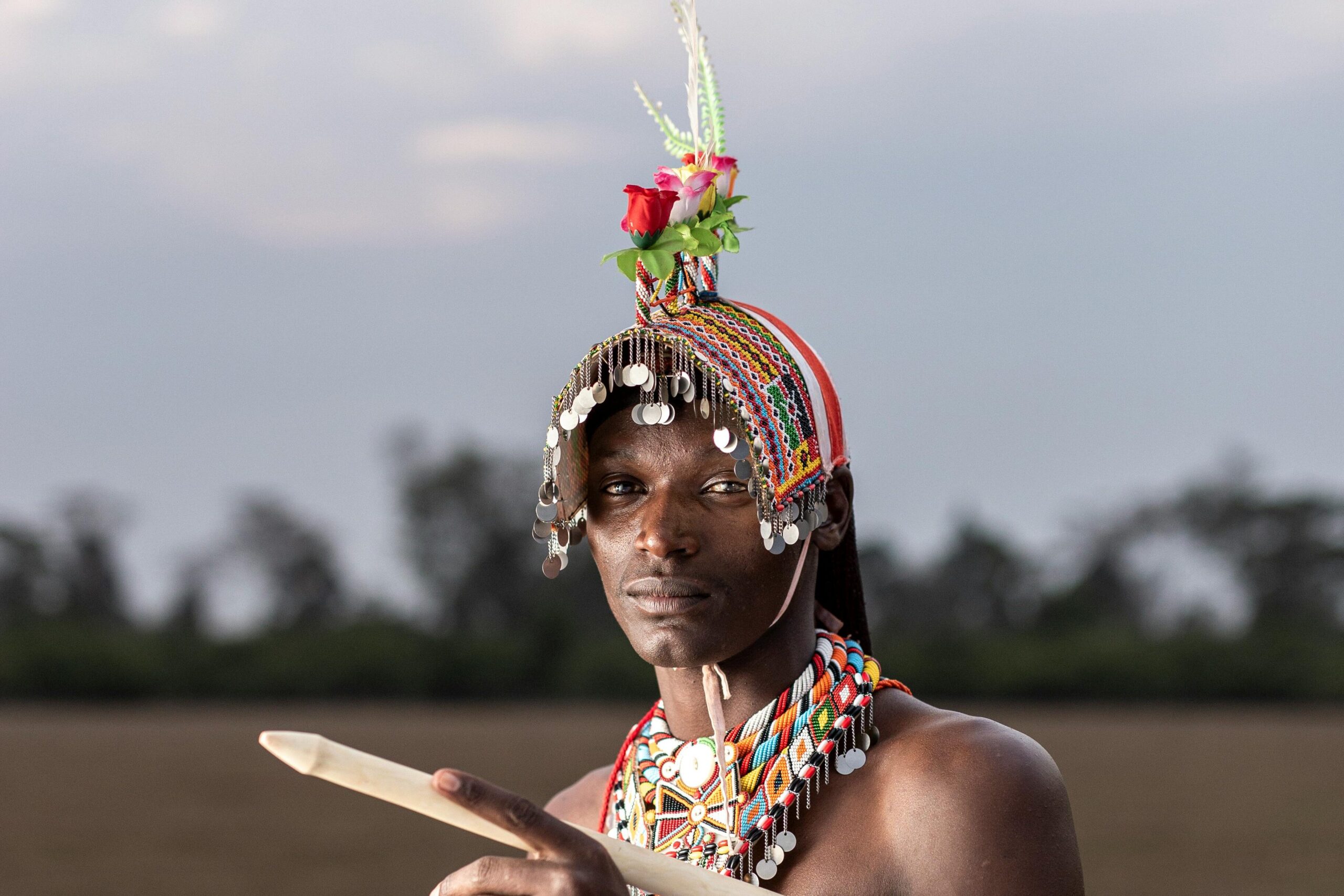
In Native American Plains cultures, feathered headdresses were never just for decoration. They were earned, not bought, and every feather represented an act of bravery or wisdom. That made these garments deeply personal and powerful. Chiefs and respected warriors wore them during important gatherings or ceremonies. They told a story without a single word being spoken. If you saw someone with a full headdress, you knew they had lived a life worth honoring says the Guardian.
The materials weren’t flashy in the modern luxury sense—just feathers, beads, and leather—but they were rich in meaning. Even the way the feathers were arranged mattered. These garments came with a sense of responsibility and pride. You couldn’t fake your way into one. That’s what made them so respected. It wasn’t about money—it was about legacy shares EBSCO.
3. Hanbok in Korea
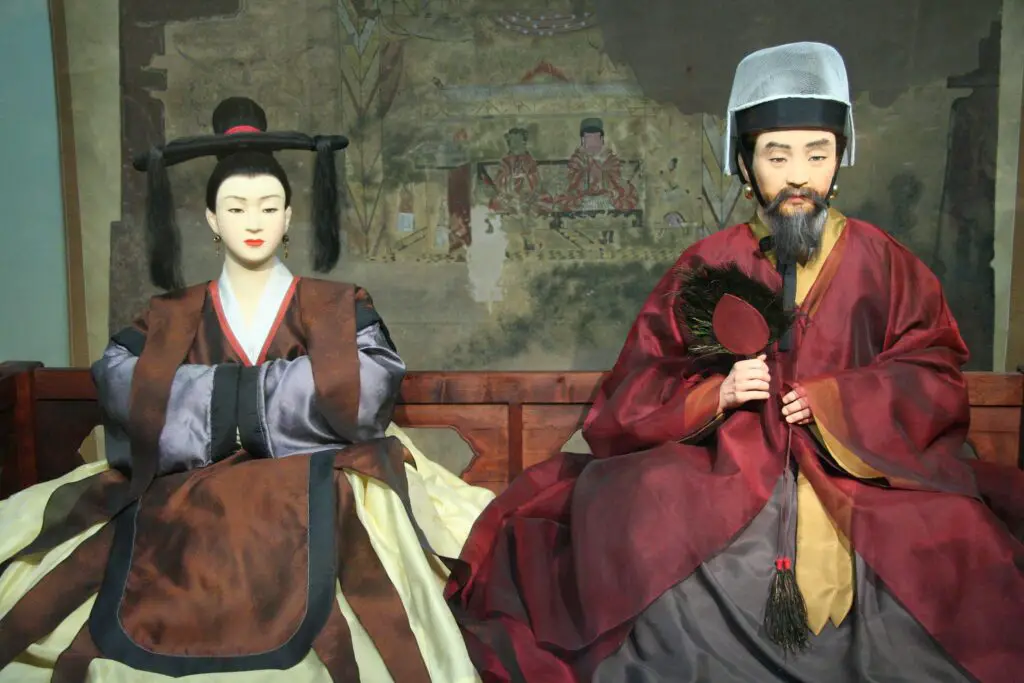
In Korea, the hanbok was much more than just daily wear—it could also quietly shout your social standing. Commoners wore simpler versions made of cotton, while nobles had access to silk and more vibrant colors. Color was everything. Only royalty could wear certain hues, like bright yellows or deep reds. The way the hanbok was tailored could also tell you if someone was married, widowed, or in mourning. Everything had a place and a purpose.
The hanbok’s layers and lines made it elegant, even regal. It wasn’t overly ornate, but the grace it gave to the wearer said a lot. During special ceremonies, high-status individuals would pair it with accessories like a norigae charm or ceremonial headwear. These details quietly elevated someone in the room. It was one of those garments where simplicity didn’t mean modesty—it meant refined power.
4. Kimono in Japan
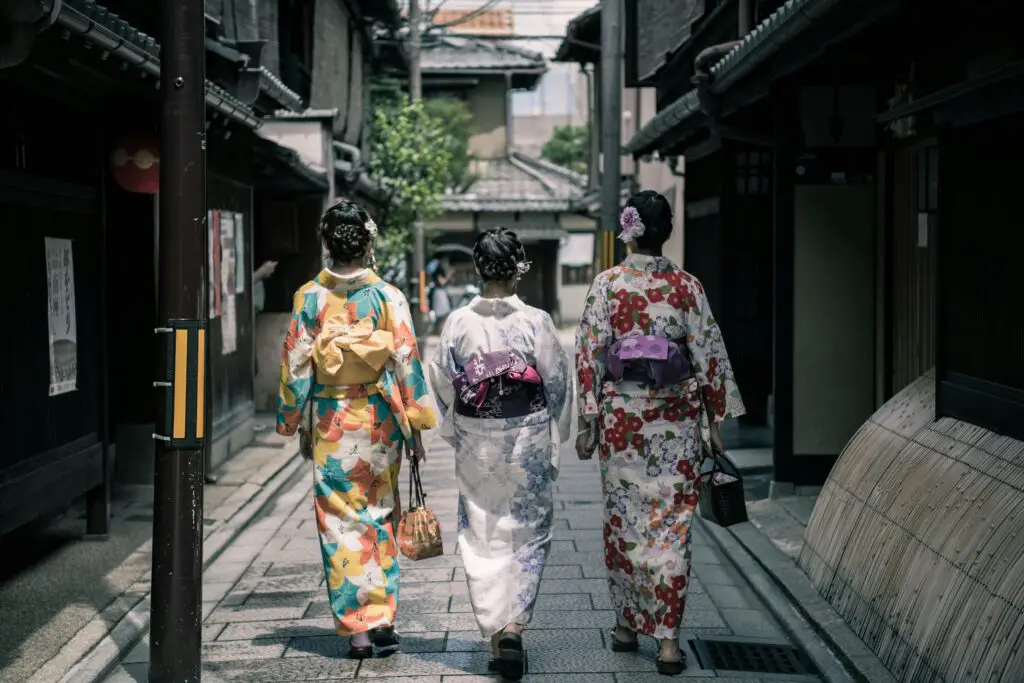
In Japan, the kimono wasn’t just a traditional outfit—it was a whole language of status, age, and even relationship status. Silk kimonos with elaborate embroidery were often reserved for upper-class women or worn during high ceremonies. The more elaborate the sleeves and fabric, the more elevated your place in society. Wealthy families could afford seasonal changes in fabric and patterns. You might see cranes or plum blossoms delicately stitched in, symbolizing longevity or hope.
Men’s kimonos were more subdued but still carried significance, especially when paired with a family crest. Geishas and performers wore different styles to reflect their training and rank. Kimonos also served as family heirlooms, passed down through generations like treasures. Wearing one was like stepping into a story that spanned centuries. And if you wore it well, people noticed.
5. Beaded Necklaces in Maasai Culture
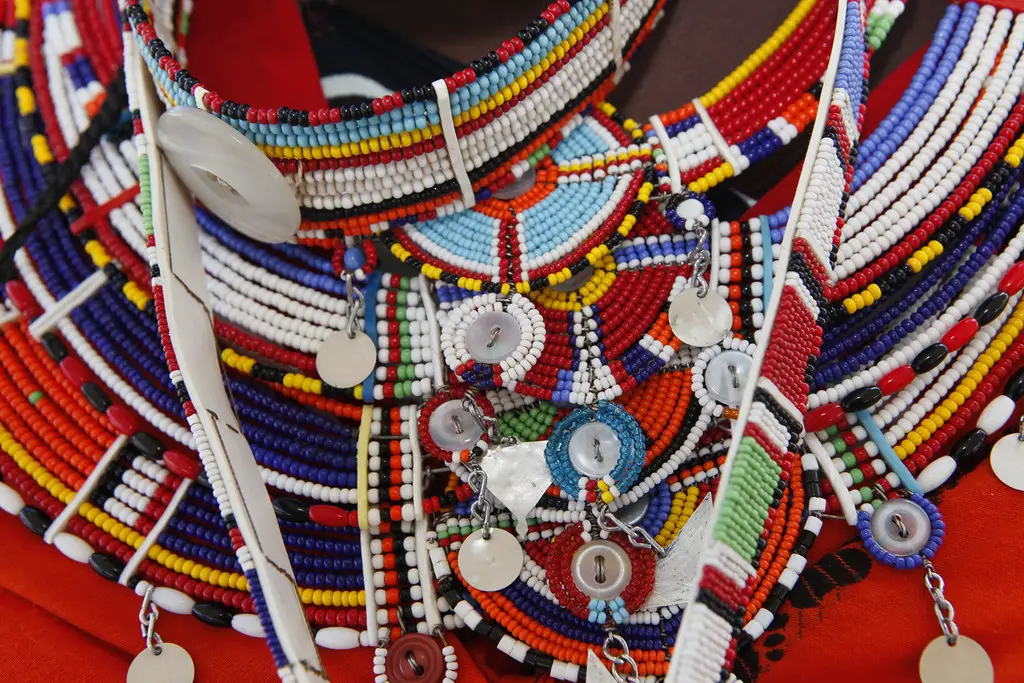
In Maasai communities of Kenya and Tanzania, beadwork isn’t just about looking good—it’s practically a biography around your neck. The intricate bead necklaces tell people your age, marital status, and even your social ranking. Women wear large, circular collars made of colorful beads, and the more elaborate the design, the higher the status. Each color has meaning: red for bravery, blue for energy, white for purity. It’s fashion as communication.
Men also wear beadwork, though usually more subdued unless it’s a celebration. The craftsmanship is passed down, and making these necklaces is a skill that holds cultural value. Being seen in finely crafted beadwork instantly sets someone apart. It’s wearable history and art in one. Even today, these pieces command attention and respect, no logos needed.
6. Toga in Ancient Rome

When in Rome, wear a toga—if you’re allowed. This flowing garment wasn’t just a wardrobe choice; it was a badge of citizenship and status. Only Roman citizens could wear them, and different types were reserved for different roles. A purple stripe on your toga? You were a senator. A full purple toga? You were the emperor. There were even specific togas for mourning.
Wearing one properly was a skill in itself. It took time to drape and fold, and slaves often helped wealthy citizens get it right. The fabric wasn’t flashy, but the symbolism was. It told people who you were without needing to say it. No wonder emperors and politicians relied on it to establish authority in a crowd.
7. Chapan in Central Asia

The chapan—a long, quilted robe—is still worn in places like Uzbekistan and Kazakhstan, but historically, it signified rank and leadership. The most ornate chapans, made from luxurious fabrics and embroidered in gold or silver thread, were often gifted to elders, respected community leaders, or visiting dignitaries. It wasn’t something you just bought for yourself. Receiving one was a gesture of deep respect and honor.
It’s also practical—warm, durable, and perfect for the climate—but that didn’t stop people from turning it into a status symbol. In nomadic communities, where excess wasn’t the norm, wearing an embellished chapan stood out. You could tell who was important by the cut and condition of theirs. Even among equals, there were subtle differences that made all the difference. A quiet power move, sewn in silk and thread.
8. Highland Plaid in Scotland

In Scotland, your tartan plaid wasn’t just a pretty pattern—it was your identity. Each clan had its own design, and wearing the right one showed loyalty and lineage. For centuries, the Highland plaid signaled everything from your region to your family’s reputation. It was especially important during gatherings or battles when it helped identify friend from foe. And the wool itself wasn’t cheap, so finer plaids also hinted at wealth.
The way someone wore their plaid mattered too. A full kilt, matched with a sporran and brooch, often meant a person of importance. These garments weren’t mass-produced; they were made with care and intention. Even today, you don’t just throw on any tartan—you choose it with purpose. Back then, it was like flying your family’s flag on your body.
9. Embroidered Huipil in Mesoamerica
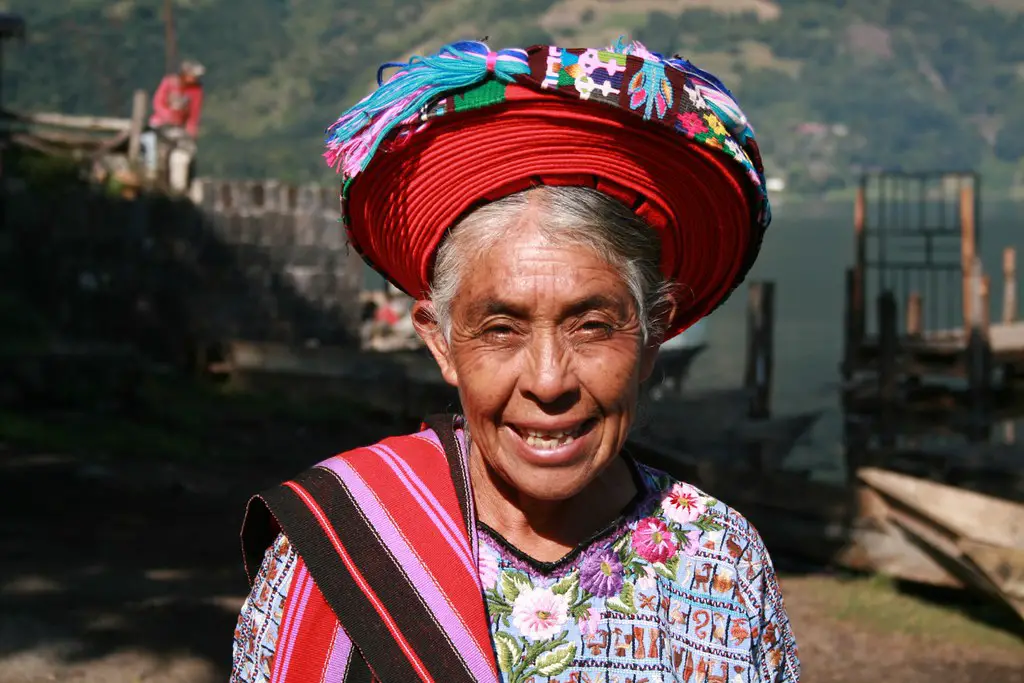
In regions of Mexico and Central America, the huipil was more than a blouse—it was a piece of spiritual and social identity. Each one was handwoven, often with patterns that represented a woman’s village, marital status, or even her role in rituals. The more intricate the design, the more significant the wearer. And since it took so long to make, having several was a sign of wealth.
Some were even woven with dyed threads made from rare natural sources like cochineal. These were reserved for community leaders or ceremonial figures. The weaving techniques were passed down through generations and often considered sacred. Wearing a huipil wasn’t just getting dressed—it was participating in tradition. You wore your story on your sleeves, literally.
10. Fez in the Ottoman Empire
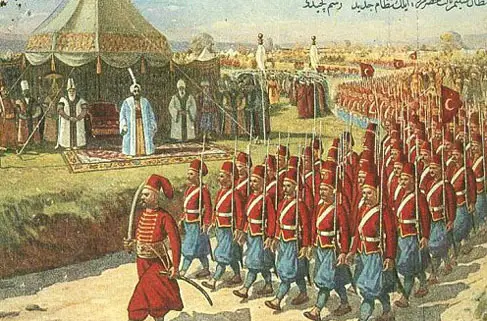
The fez, that little red hat with the tassel, carried a surprising amount of weight in the Ottoman Empire. Though it looks simple, its use was heavily regulated. Certain colors and styles were designated for specific groups: civil servants, military officials, and scholars all had their variations. Being allowed to wear one often meant you were educated or of higher social status.
Over time, it became a political symbol, especially as Western influences started to change traditional dress. But in its heyday, putting on a fez aligned you with power and respect. It wasn’t about standing out in a flashy way—it was about belonging to a particular class or institution. And in communities where tradition mattered, that quiet signal spoke volumes.
11. Ao Dai in Vietnam

The ao dai—a long tunic worn over trousers—may look elegant and understated, but historically, it was a clear marker of class. In imperial Vietnam, color played a big role. Yellow was reserved for royalty, while blues and reds might mark you as part of the educated elite or nobility. The fabric was often silk, and the tailoring precise and body-skimming without being flashy.
It was especially prominent at court or during official ceremonies. Wearing an ao dai signaled not just wealth, but refinement and access to education. It was a uniform of elegance that could only be worn well by someone with grace and standing. Even the way you moved in it could reflect your upbringing. It’s one of those garments that turns heads with quiet confidence.
12. Inuit Parkas

Among Inuit communities, the parka wasn’t just for keeping warm—it was a display of skill, care, and community role. Parkas were often made from caribou or seal skin, tailored by hand, and sometimes decorated with intricate stitching or beading. Women who made the most beautifully crafted ones earned respect. Wearing a finely made parka wasn’t about luxury—it was about pride and survival.
Certain designs were saved for special occasions or gifted to mark rites of passage. They told people if you were married, if you had children, or if you held a specific role in the community. The craftsmanship involved turned a necessity into an art form. Even the fur trim placement had meaning. It was clothing as connection—to culture, to family, to the land.
13. Sari in India
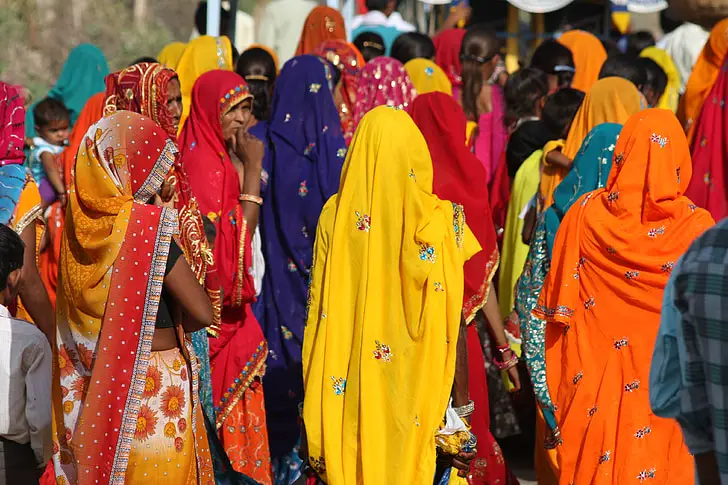
The sari is one of the most iconic garments in the world, but its role in signaling status goes way back. In ancient India, silk saris dyed in rare indigo or saffron hues were worn by the wealthy or noble. The amount of gold thread or embroidery also indicated how high up someone was. A heavily adorned sari could be a showstopper—and a statement. Brides, of course, had the most elaborate versions.
Beyond just the fabric, how the sari was draped could also say a lot about your region, caste, or marital status. Some styles were worn only by widows, while others were exclusive to certain communities. It was never just about looking nice—it was a symbol of where you came from and what you represented. Even now, a well-draped sari still turns heads and whispers stories of heritage.
